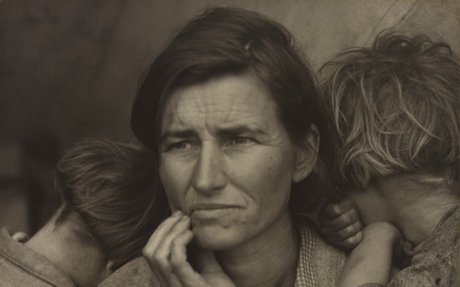___________
The Great Depression
The different viewpoints during the great depression
Name: Ricardo Rodriguez
P:5

On This Day: October 28
The Great Depression began when the stock market crashed on October 24, 1924. The article was written by the New York TImes on October 28, 1924. It headlines the stock market crash and informed everyone what happened 4 days later. It informs the reader on how much money was lost and what the stock market crash caused. “New York Stock Exchange, lost between $8,000,000,000 and $9,000,000,000” (New York Times). It also informs the reader about what happened three days after the crash. People crowded the banks, people lost money and banks failed and were forced to close. I chose to showcase this article because it informs the reader about the first major event leading to the great depression and what happened to the banks and stock market.

Next crash will be ‘worse than the Great Depression’: experts
This article states that there might be another great depression in the future and may begin again by another stock market crash. The article was written on September 22, 2018. It claims that the credit card system, the united State’s debt and loans my worsen and cause another Depression worse then the one in the late 1920's. I chose this article because it gives the opinion that another great depression might occur in the future.

Human Erosion in California (Migrant Mother) (Getty Museum)
The picture “Human Erosion in California(Migrant Mother)” taken by Dorothea Lange on March 1936, depicts the hardships and frustrations that mothers had to overcome and endure during the Great Depression. The picture shows a lady in what appears to be her 40’s having a deep and worried stare while her two children are covering their faces in her shoulder. All three people in the picture are dirty and wearing ragy clothing. During the 1930’s many people lost their homes and money, as a result it forced mothers to find food and a place to sleep for her children. I chose this picture because it depicted the hardships the lower class had to endure during the great depression.

"Brother, Can You Spare a Dime?" | Encyclopedia.com
This song was written for a scene for the Broadway show “America” which debuted on October 5th, 1932. It was written for a scene that had people lined up for a bread line. The scene and song was written to depict and exaggerate the suffering lower class that had no money because of no jobs and Great Depression. In the song’s lyrics the protagonist keeps asking people if they have money to spare and how he was “building a dream” in the U.S.. The songs melody and tune begins in a minor key which adds a sadness to the entire message of the song. I chose this piece of evidence to explain the poverty and hardships people had to go through.

The Great Depression
The psa about the great depression was made by the encyclopedia Britannica during the great depression. The video is entirely in black and white and shows the poverty during the time. It shows the long bread lines, and soup kitchen lines and the homelessness during the time. This source give a good representation of the poverty and unemployment during the 1930’s.

Unemployment rate statistics for November 1931 - Newspapers.com
The article “Unemployment rate statistics for november 1931” was written on November 27, 1931. It explains how, why and how much the unemployment rate has risen since the stock market crash. Is explains that in November the number of unemployed people was 200,000 and has kept rising. I chose this article to explain the rate of unemployment during the Great Depression.